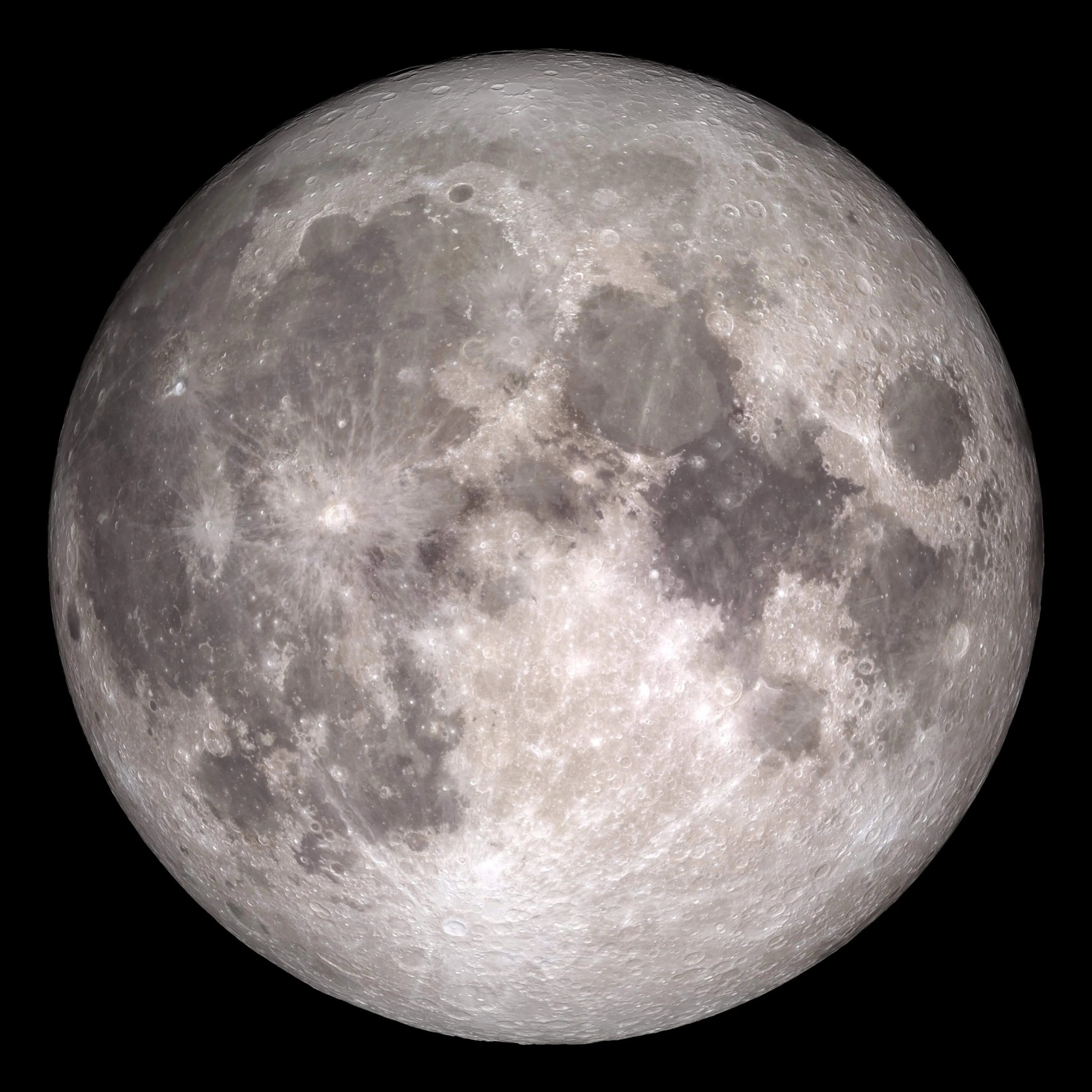Observe the Moon Night for Educators and Learners
International Observe the Moon Night occurs annually in September or October, and you can celebrate with your students with one (or more) of these amazing Moon activities from NASA’s Science Activation Program!

The Moon has much to offer educators as a visible and common experience shared by many learners around the world. As someone who taught astronomy for many years in New York City, I understand the challenge of supporting students in making observations of the Moon (or any celestial phenomena!). The Moon might be visible in the sky, but the patterns of Moon phases demand observations over a period of time that can be difficult to sustain. The following resources give you the tools and activities to enable active student engagement in observing patterns of the Moon in the sky—day and night—for students of all ages:
- Observe the Moon and its Patterns with these digital resources for every grade:
- For grades K-2, Observe and gather evidence about The Pattern of the Moon's Changing Appearance with this interactive.
- For elementary school, try this Moon Phase Simulation Viewed from Earth and Space and its associated Lesson Plan.
- For middle school, try this Lunar Phases Simulation and associated Lesson Plan, What Causes the Moon’s Phases?
- Observing the Moon in the Sky (image slideshow, elementary)
- Moonrise to Moonset (video and visualization, elementary)
- Dial a Moon with this Moon Phase and Libration interactive from NASA’s Science Visualization Studio.
- Why do Moon phases occur and what is their sequence? Explore the Phases of the Moon in this cool 80's retro style experience featuring your AI friend LuCIA for middle school classrooms.
- Learn about NASA’s Lunar Sample Laboratory in this video from eClips.
- Moon Trek is an application from NASA that allows you to view imagery and perform analysis on data from the Moon. You can even generate a 3D printable or experience it in VR!
- Astromaterials 3D Lunar Collection is a virtual library for exploration and research of NASA's space rock collections. Examine and slice samples with the Explorer tool!
- Celebrate Our Marvelous Moon Infographic for 2023-2024 in this printable for your classroom.
- Start a Moon Observation Journal with this printable handout from NASA.
- Lunar Phases: A Dance Under the Sun is a hands-on activity from the Lunar and Planetary Institute for children ages 10 to 13.
Did you find some of these resources useful? Follow DoNASAScience on Facebook and X for more opportunities to participate in NASA Science.























